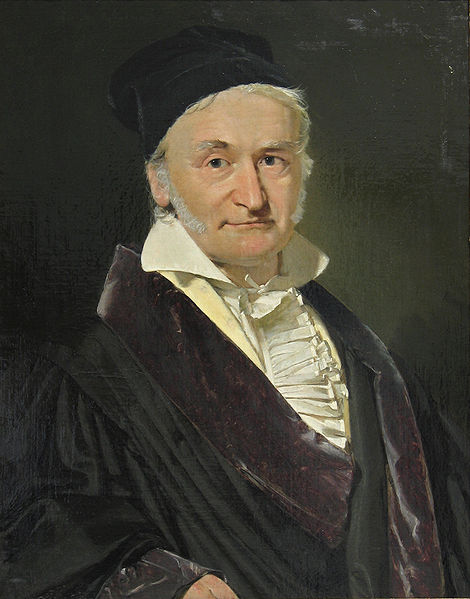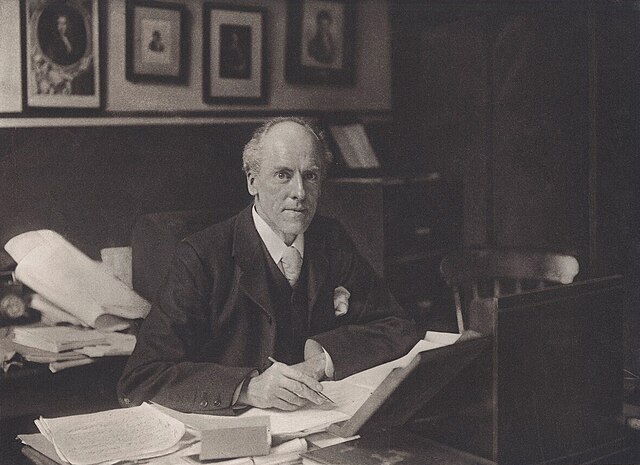Multivariate analysis of variance
In statistics, multivariate analysis of variance (MANOVA) is a procedure for comparing multivariate sample means. As a multivariate procedure, it is used when there are two or more dependent variables, and is often followed by significance tests involving individual dependent variables separately.

The image above depicts a visual comparison between multivariate analysis of variance (MANOVA) and univariate analysis of variance (ANOVA). In MANOVA, researchers are examining the group differences of a singular independent variable across multiple outcome variables, whereas in an ANOVA, researchers are examining the group differences of sometimes multiple independent variables on a singular outcome variable. In the provided example, the levels of the IV might include high school, college, and graduate school. The results of a MANOVA can tell us whether an individual who completed graduate school showed higher life AND job satisfaction than an individual who completed only high school or college. Results of an ANOVA can only tell us this information for life satisfaction. Analyzing group differences across multiple outcome variables often provides more accurate information as a pure relationship between only X and only Y rarely exists in nature.

This is a graphical depiction of the required relationship amongst outcome variables in a multivariate analysis of variance. Part of the analysis involves creating a composite variable, which the group differences of the independent variable are analyzed against. The composite variables, as there can be multiple, are different combinations of the outcome variables. The analysis then determines which combination shows the greatest group differences for the independent variable. A descriptive discriminant analysis is then used as a post hoc test to determine what the makeup of that composite variable is that creates the greatest group differences.
Statistics is the discipline that concerns the collection, organization, analysis, interpretation, and presentation of data. In applying statistics to a scientific, industrial, or social problem, it is conventional to begin with a statistical population or a statistical model to be studied. Populations can be diverse groups of people or objects such as "all people living in a country" or "every atom composing a crystal". Statistics deals with every aspect of data, including the planning of data collection in terms of the design of surveys and experiments.
Bernoulli's Ars Conjectandi was the first work that dealt with probability theory as currently understood.
Carl Friedrich Gauss made major contributions to probabilistic methods leading to statistics.
Karl Pearson, a founder of mathematical statistics





